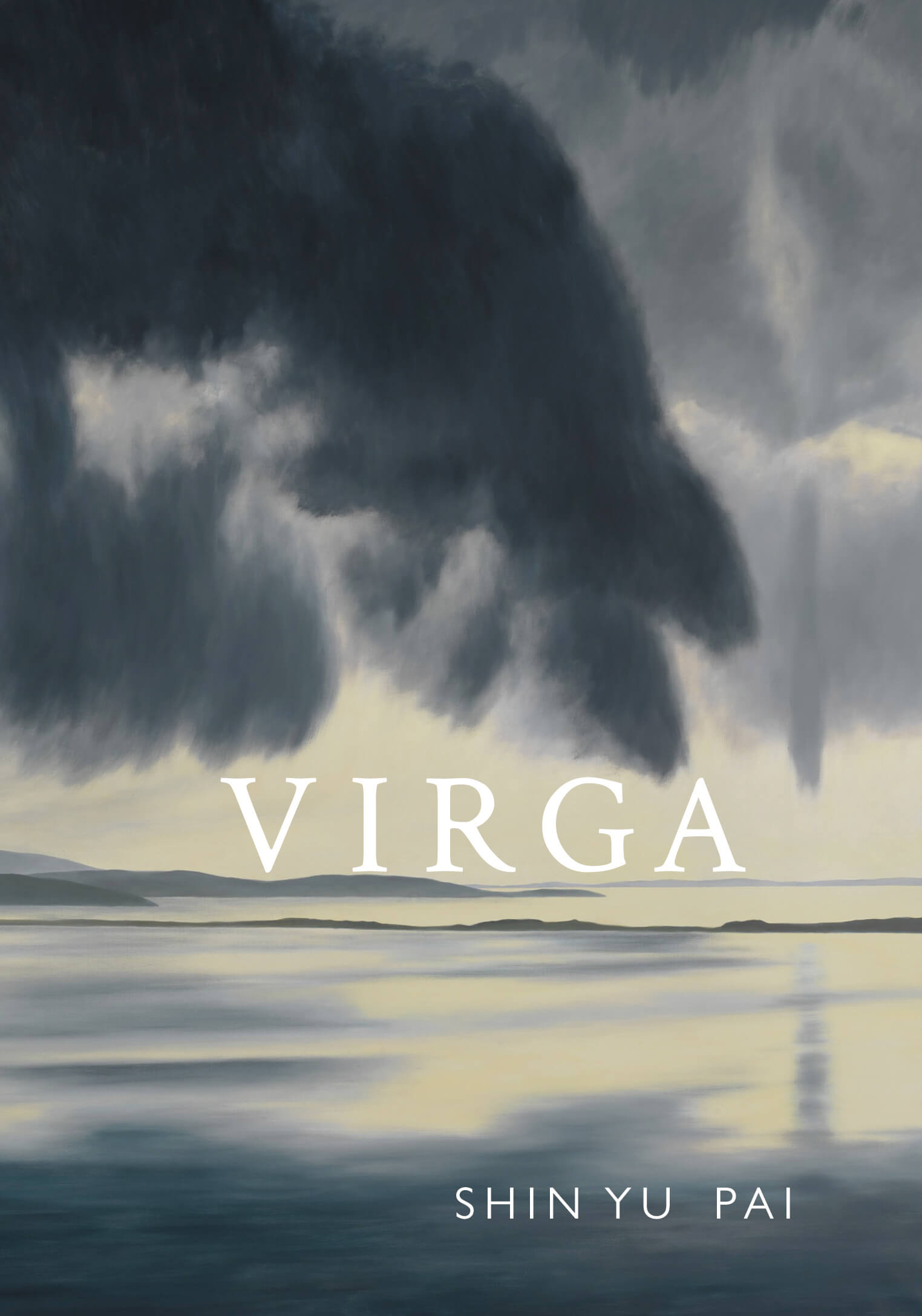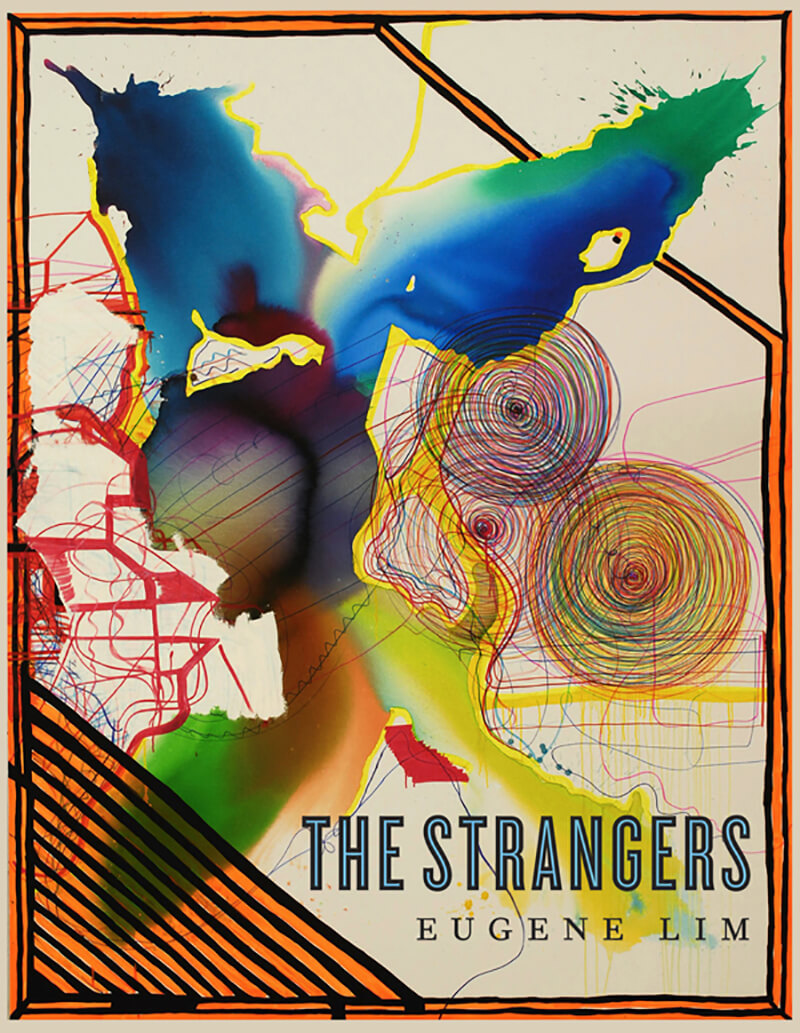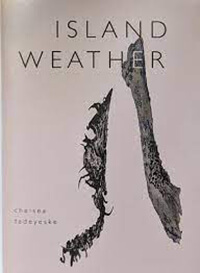
Review
Virga
by Shin Yu Pai
Empty Bowl
ISBN: 978-1737040804
Review by H. V. Cramond
After year two years of pandemic and general nonsense, like most people, I needed to empty out. I have the privilege of writing this from Iceland, where I am doing a writing residency. I packed only three books and burned through the novels quickly, leaving me with Virga, the eleventh book by Seattle-based writer Shin Yu Pai and the only must-finish book in my stash during this self-imposed exile. I spent days getting into my writing groove before I was ready, and when I was, Virga was there to meet me exactly where I was. Pai’s opening poem, “Empty Zendo,” seemed to peer into the world I had just left:the sangha divided now
more than ever I will practice
for as long as I am able
She describes straining to hear, an empty hall, insights into the homes of community members via Zoom cameras. The sangha, one of the three refuges of Buddhism, is your community of fellow practitioners. One of the benefits it provides, in addition to the sense of community, is a testing ground for practitioners. You have to learn to live and work with others who are not like you.
But the sangha is not limited to the people sitting next to you on a meditation cushion. Reading Pai’s lines, I felt the physical distance from my community back home, the emotional disconnect from a sangha I joined during the pandemic but had never met in person, and the fracturing of the US electorate, which has always existed but seems to have jumped into overdrive. Similarly, practice can mean many things: meditation, writing, taking those lessons into relationship with others. These practices invite us, like Pai does, “to add to what is already whole.”
Empty Bowl, Pai’s publisher, usually prints “Chinese masters of poetry and Buddhist texts;” Virga, their first poetry collection by an Asian American woman, reflects that heritage in the way it approaches complexity. Seeming contradictions compost into a sense of wholeness. Pai presents us with images such as a strong man who cannot stand the sight of needles (“Tronga dzongkag nyagoe”) and the newspaper announcement of a death by suicide that publicizes the death but obscures its means and causes. Frequently, she juxtaposes the profane and the holy: a recurring image of an ibuprofen gel cap in a clay body; the scent of Murphy’s Oil soap; the goddess and the phallus; winter leaves and sex trafficking. Nothing is off-limits for Pai, as “all places have the potential to be sacred.”
Pai similarly processes an ambivalent relationship to the mostly white and male Western Canon. Like me, she attended the MFA program at the School of the Art Institute of Chicago, and also like me, has some ambivalence about her time there. She speaks of lineage teachers who, in poetry and Buddhism, have the power to “administer vows” and keep gates, but who can also use that power to destroy. Her “to do no harm, to do/ no harm, to do/ no harm” reads like an incantation, chanting against the invasion of authorities. Like all writers, though, Pai longs to connect through writing and finds her community with readers rather than so-called teachers; she invites us to “…claim this beauty/ and make it [y]ours.”
The porousness and openness of Pai’s poems, their eternal present, reads not as an avoidance or a fuzzy, COVID-decimated sense of time brought on by endless scrolling. Rather this opening is a way of protection through integration. The onslaught of microaggressions, wounds, and harassment lobbed at Asian American women demands a weapon rather than a shield. Instead of shutting down, Pai’s poems shed their skin, absorb the useful, and reform as a more fully realized self. Her two- to three-line stanzas, diction, and ample white space give the reader the chance to rest and transform.
These poems also can pierce. As one grows comfortable with Pai’s voice, the “the acid of spite poem” appears. More bitingly political poems such as “White savior industrial complex” and “The international children’s museum gets a new name” continue the earlier poems’ sense of opening but with a clear sense of the harm done:
we must not pet the wildlife—
such a fine line between
helping and harming
In her title poem, Pai reveals the central image: virga, she explains in her end notes, is “rain that never reaches the ground or water that isn’t wet,” observable “in arid places like southern New Mexico.” She likens this not-wet rain to tears she was taught to hold in as a child. Just as we claim our right to beauty and poetry and the holy, Pai explains that our time demands we claim our pain too, and write the song again: “the lesson/ now to pour down & resound.”
About the Author
 H.V. CRAMOND holds an MFA from the School of the Art Institute of Chicago and was the founding poetry editor of Requited Journal for ten years. In 2018, she helped pass the Survivor’s Bill of Rights as the Illinois organizer for Rise. Recent work can be found in Soundless Poetry, Ignavia, death hums, Crack the Spine, BlazeVOX, Menacing Hedge, Adanna, So to Speak, Thank You for Swallowing, Dusie, Masque & Spectacle, Matter, and at https://hvcramond.com.
H.V. CRAMOND holds an MFA from the School of the Art Institute of Chicago and was the founding poetry editor of Requited Journal for ten years. In 2018, she helped pass the Survivor’s Bill of Rights as the Illinois organizer for Rise. Recent work can be found in Soundless Poetry, Ignavia, death hums, Crack the Spine, BlazeVOX, Menacing Hedge, Adanna, So to Speak, Thank You for Swallowing, Dusie, Masque & Spectacle, Matter, and at https://hvcramond.com.



